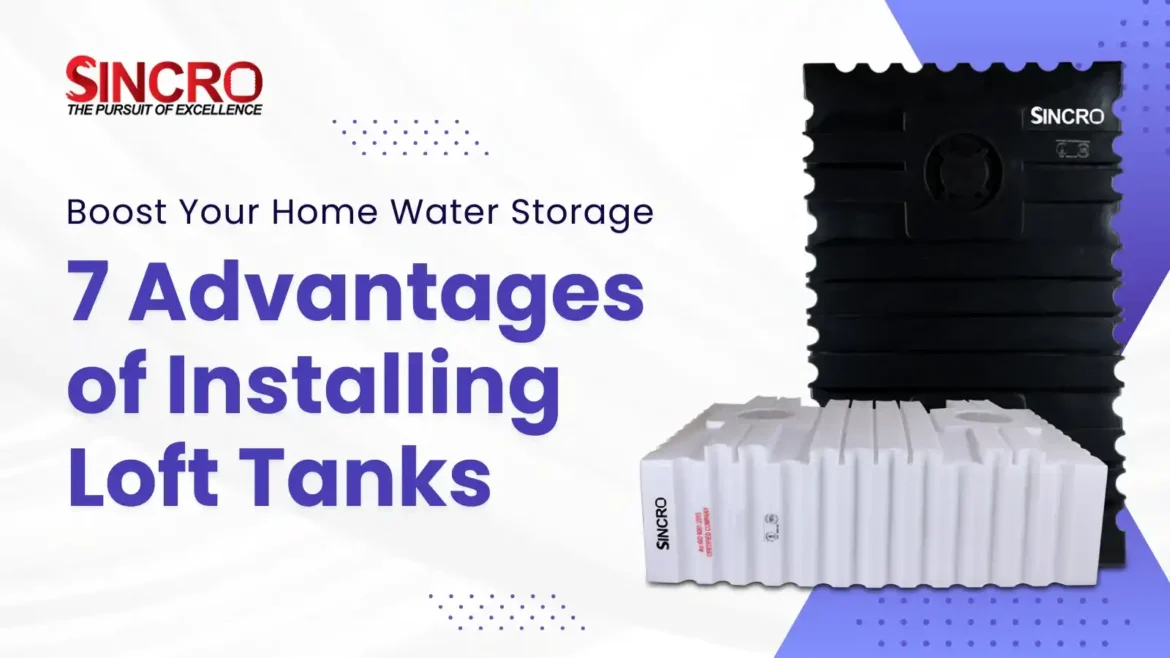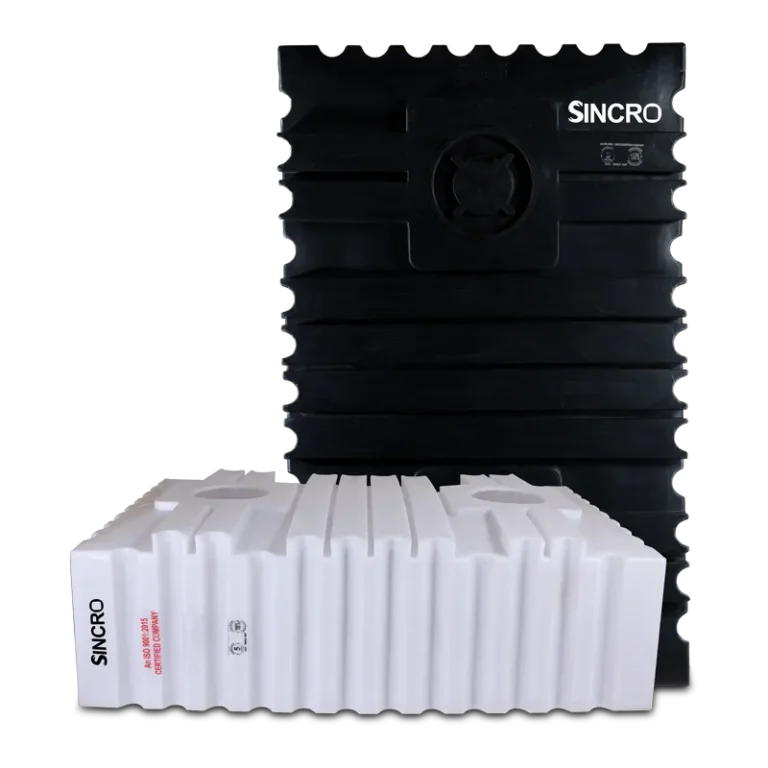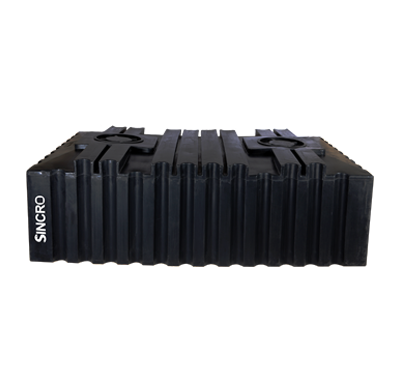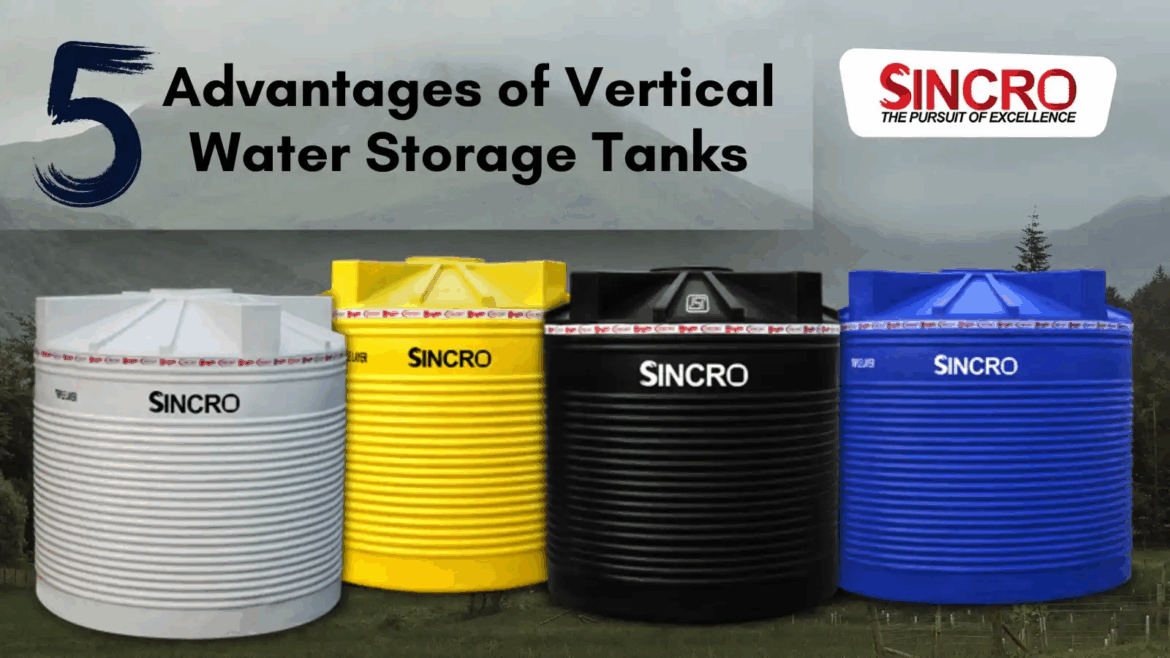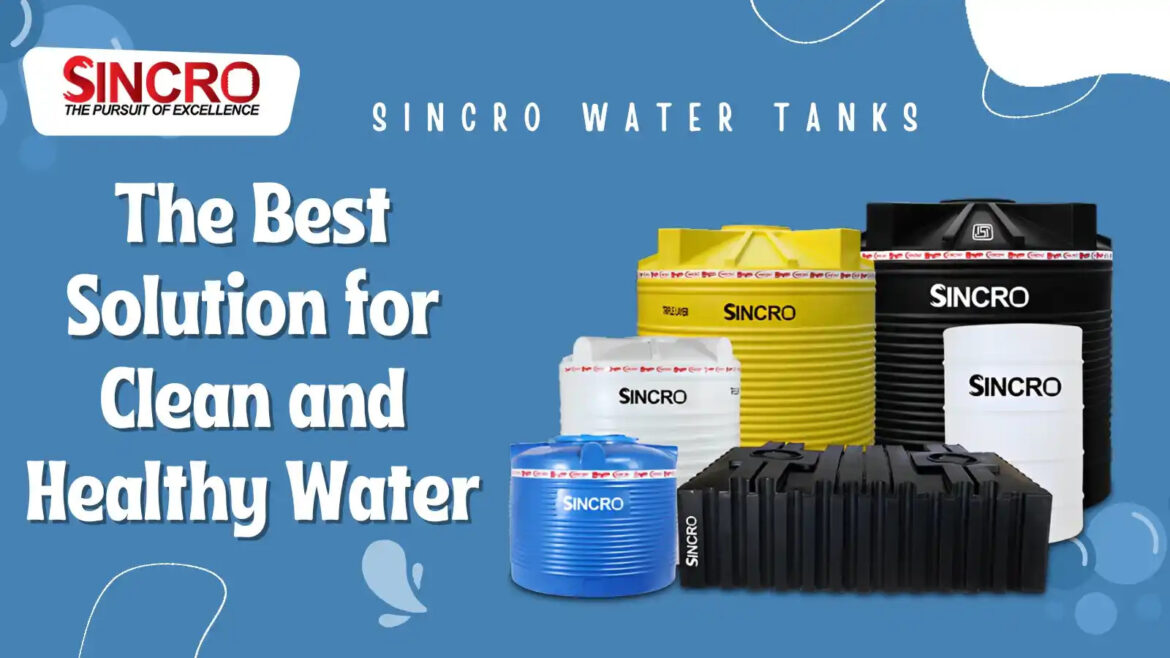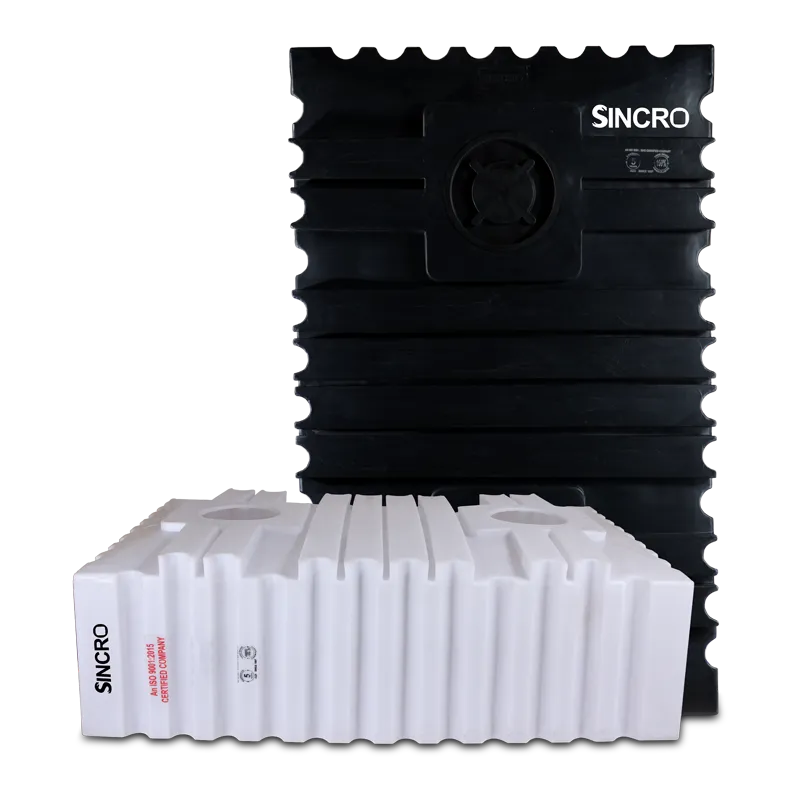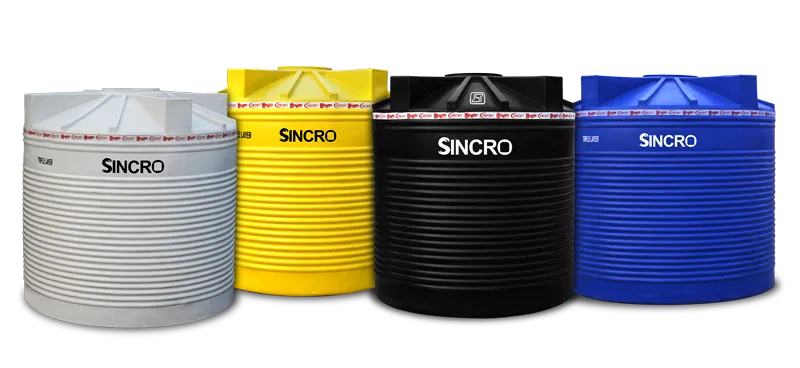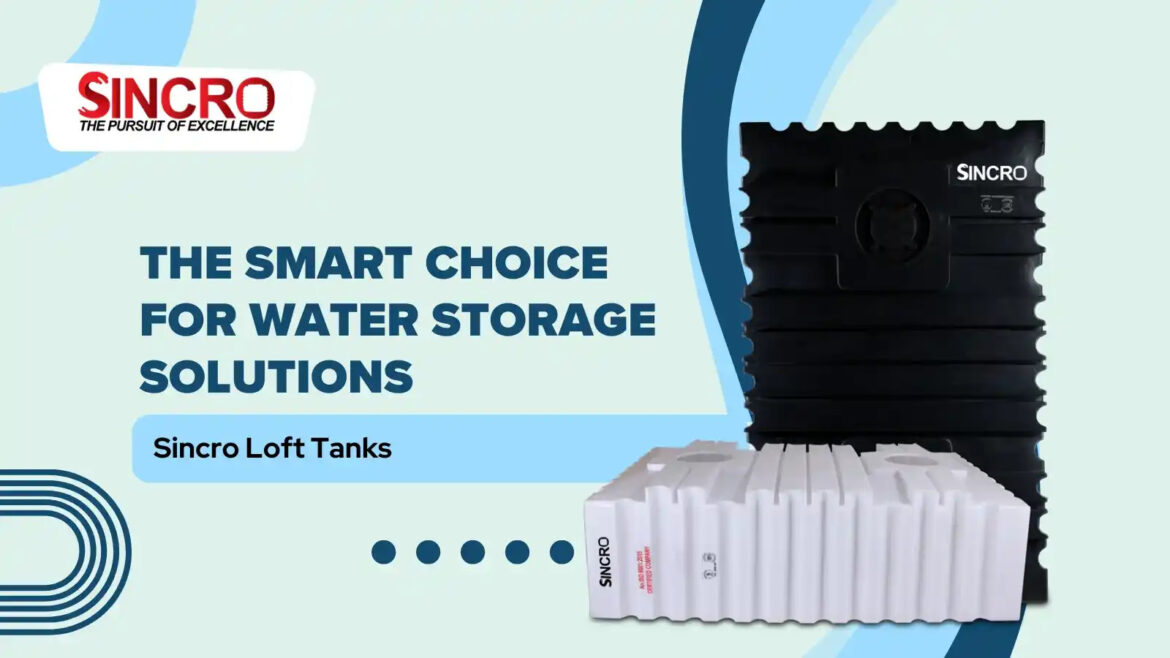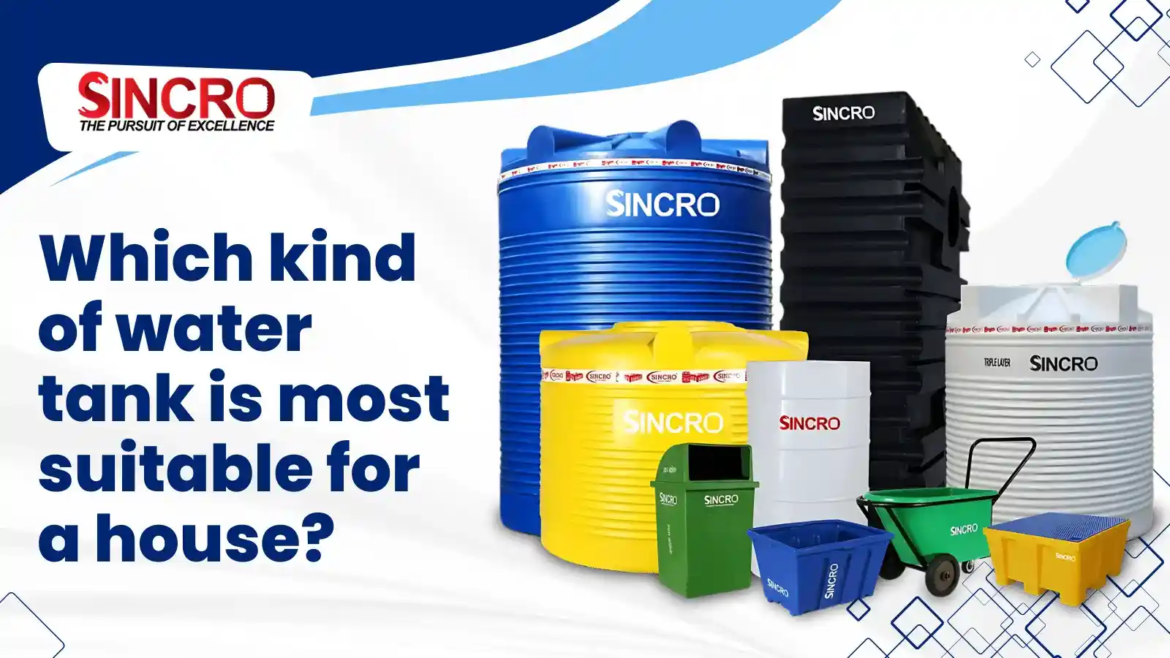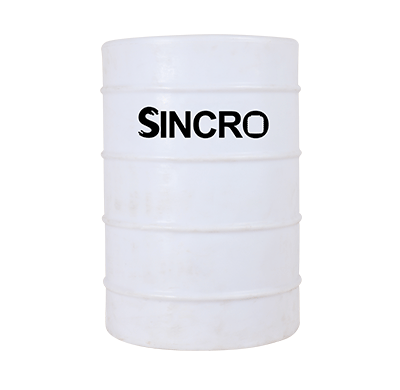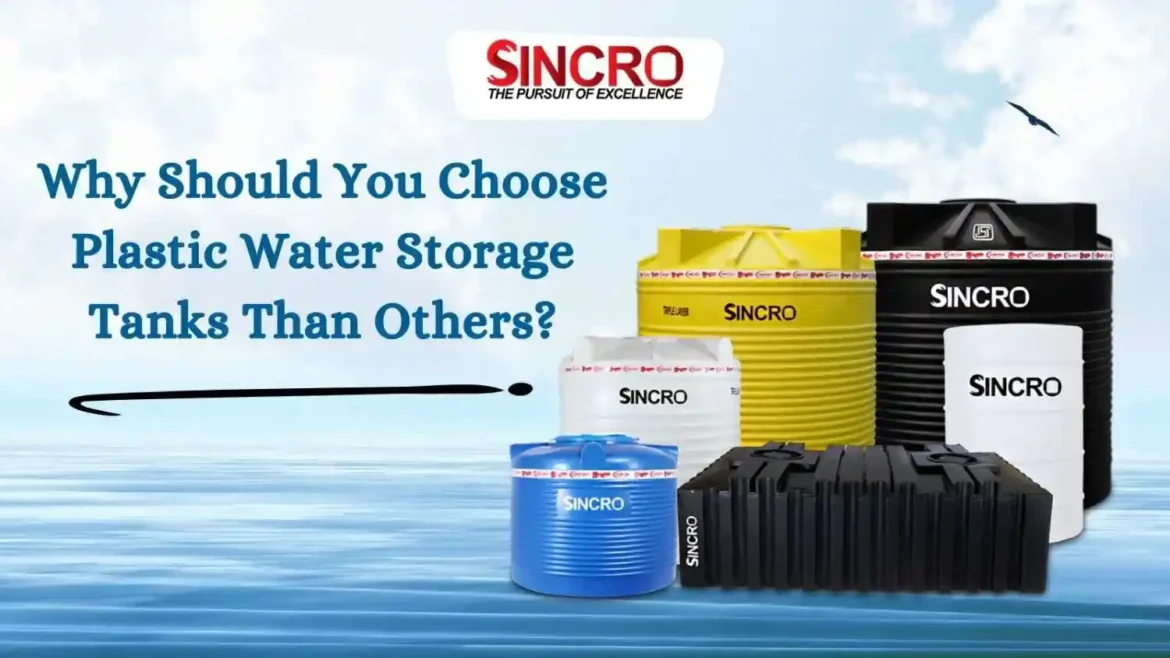In a lot of Indian cities, including Mumbai, homeowners and businesses are often worried about water shortages and interruptions. When it comes to household solutions that are relevant, practical, and space-efficient, a loft water tank could be a true lifesaver. In this article, we outline 7 advantages of installing loft water storage tanks in your home — and how brands like Sincro make it easier.
Advantages of Loft Tanks
1. Optimal Use of Space / Aesthetic Integration
Loft water tanks are typically designed to be slim, rectangular-shaped tanks in spaces such as lofts, attics, and upper cupboards, as opposed to overhead or ground tanks, which are bulkier. This means your terrace or yard remains free for other use. Many modern loft water tank brands also offer sleek designs that blend into interiors. In contrast to upright vertical tanks, loft tanks save precious ground or rooftop real estate.
2. Improved Water Pressure by Gravity Feed
When installed at a height, loft tanks leverage gravity to deliver water pressure naturally — reducing or even eliminating the need for booster pumps. This means that they allow gravity-fed water to flow from the loft tank to faucets, showers, taps, etc., across the home.
3. Reliable Reserve During Supply Interruptions
In some parts of Mumbai, the water supply can be intermittent. A loft water storage tank provides a backup of water for the home when the municipal water supply is low or unavailable, assuring that your family will have minimal access to water, while supporting normal household activities during outages.
4. Energy & Cost Savings Over Time
Because a loft tank reduces dependence on pumps for pressure, you save on electricity bills. Also, during supply disruptions, you avoid costly alternatives like buying water from tankers. When you consider the investment over time of a loft tank can easily pay for itself.
5. Better Water Quality & Hygiene
Because loft tanks are installed indoors or semi-protected from dust and light, the overall quality of the water is preserved from other contaminants. This contributes to superior water quality. Most modern tanks are made from food-grade, UV-stabilized plastics that can prevent leaching and resist microbial growth. (Brands such as Sincro also promote hygienic design.)
6. Ease of Maintenance and Access
Compared to underground or rooftop tanks, loft tanks are more accessible for inspection, cleaning, repairs, and monitoring. Their compact form and indoor positioning mean fewer complications when servicing them.
7. Scalability & Modular Options
You can also pick a loft water tank size that is suitable for your home requirements — e.g., you may have a small 100 litre tank in an apartment or a larger tank in a bigger house. A modular/expandable loft tank allows users to choose to increase the storage capacity if needed. This provides versatility for both smaller flats and larger homes.
Why Sincro Is a Smart Choice in Mumbai?
If you are researching loft tank installation in Mumbai, one of the leading names is Sincro, which offers:
- Loft water storage tank options are available in multiple sizes
- Smart systems via their smart loft tanks option
- Installation based on local conditions (humidity, structural limitations)
- Loft water tank guide to help you decide the correct size and location in your house
Conclusion
Installing a loft water tank is more than an additional tank; it is an overall upgrade to your home’s water management. A reliable supply, better pressure, cost savings, easier maintenance, and better use of space are all benefits that come with a loft tank system in your home. If you reside in or around Mumbai, Sincro provides customized services incorporating local knowledge of your area.
FAQ
Q1. What size loft water tank should I choose?
It depends on your family size, how much water you use every day, and how regularly it is supplied by the water company. Anything between 200-300 litres is likely sufficient for a smaller family, while a larger house would probably suit a 500-litre or more tank.
Q2. Can I convert an existing overhead tank to a loft tank?
Yes, often this is possible. You will have to examine the structural strength, clearance for height, reworking of the piping, and adequate structural support. We recommend communicating with an installer or a tank company to see if a loft tank system will be a good fit for you.
Q3. Are loft tanks prone to damage or leakage?
Newer tanks are constructed using a strong material that will be resistant to UV light and made of food-grade plastic or a composite material such as fibreglass. Provided the loft tank is installed correctly, level, and you ensure maintenance with regular inspections, there’s very little risk of it leaking.
Q4. Does a loft tank require a pump?
Usually not, if it’s elevated sufficiently, gravity can provide the required pressure. But in rare situations (e.g., distant taps, low head), a booster pump may help.
Q5. How often should I clean my loft tank?
Every 6-12 months is an ideal timeframe to avoid sediment build-up, microbial growth, and to ensure the water is being treated in a clean and hygienic way.


